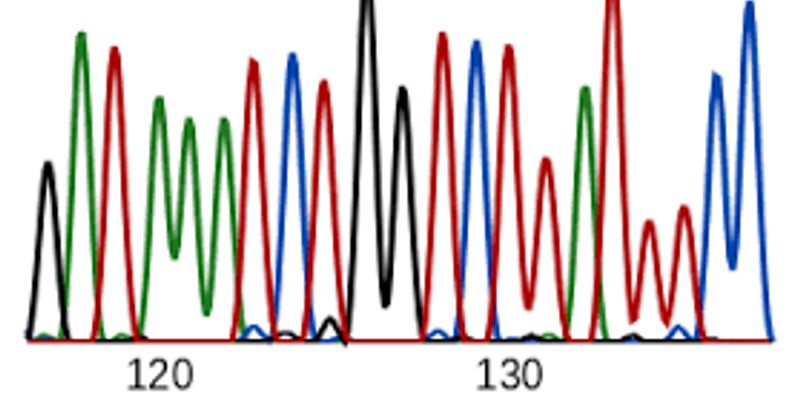Sequencing
Sequencing: is the process of determining the nucleic acid sequence - the order of nucleotides in DNA. It includes any method or technology that is used to determine the order of the four bases: adenine, guanine, cytosine, and thymine.
-
I will present new insights into how multiomics profiling can be used to analyze and provide new insights into two complexes diseases, type 2 diabetes and autism....
I will discuss the use of genomic technologies - mostly ultrahigh-throughput DNA sequencing - to study normal human biology and to determine what goes wrong when we have disease. First I wil...
MAY 14, 2015 | 6:00 AM
Cancer is complex, but recent findings are yielding a greater understanding of the disease. The tumor suppressor genes BRCA1 and BRCA2 are implicated in breast, ovarian, prostate, and other c...
MAY 13, 2015 | 3:00 PM
There is tremendous sexual dimorphism in human genetic disease susceptibility, progression, and drug response. It is thus alarming that most genome-wide association studies exclude the most s...
Speaker:
Melissa A Wilson Sayres, PhD
Presented at: Genetics and Genomics Virtual Event Series 2015
Long noncoding RNAs (lncRNAs) are increasingly recognized as having key regulatory roles in development and disease. However, these regulatory molecules often have short half lives and are ex...
The continued growth of DNA sequencing as a fundamental data output has driven the need for the ability to generate high quality data from an increasing breadth of diminishing primary sample...
Technological advances in high throughput, low cost DNA sequencing coupled with the availability of a high quality reference assembly allow us to interrogate the genome with greater precision...
MAY 13, 2015 | 12:00 PM
DNASTAR offers an integrated suite of software for accurate assembly and analysis of sequence data from all major next-generation sequencing platforms supporting key workflows including targe...
Advanced sequencing technologies have made population scale whole genome sequencing a possibility. However, current strategies for analysis of this data rely upon parallelization approaches t...
Speaker:
Peter White, PhD, James Hirmas
Presented at: Genetics and Genomics Virtual Event Series 2015
I will discuss recent statistical methods for identifying differentially expressed genes in static and time course bulk RNA-seq experiments. I will also provide an overview of the opportunit...
Speaker:
Christina Kendziorski, PhD
Presented at: Genetics and Genomics Virtual Event Series 2015
Next-generation sequencing technology allows us to peer inside the cell in exquisite detail, revealing new insights into biology, evolution, and disease that would have been impossible to dis...
























